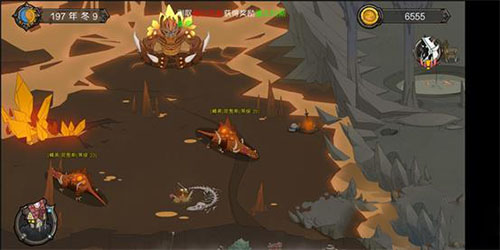日常生活,外出旅游,意外受伤,在所难免。掌握外伤止血方法,是每个人需知道的医学常识。以下就是关于外伤止血方法大全介绍,值得你的收藏。
一、一般止血法
针对小的创口出血。需用生理盐水冲洗消毒患部,然后覆盖多层消毒纱布用绷带扎紧包扎。注意:如果患部有较多毛发,在处理时应剪、剃去毛发。
二、指压止血法
只适用于头面颈部及四肢的动脉出血急救,注意压迫时间不能过长。
1、头顶部出血:在伤侧耳前,对准下颌耳屏上前方1.5厘米处,用拇指压迫颞浅动脉。
2、头颈部出血:四个手指并拢对准颈部胸锁乳突肌中段内侧,将颈总动脉压向颈椎。注意不能同时压迫两侧颈总动脉,以免造成脑缺血坏死。压迫时间也不能太久,以免造成危险。
3、上臂出血:一手抬高患肢,另一手四个手指对准上臂中段内侧压迫肱动脉。
4、手掌出血:将患肢抬高,用两手拇指分别压迫手腕部的尺、挠动脉。
5、大腿出血:在腹股沟中稍下方,用双手拇指向后用力压股动脉。
6、足部出血:用两手拇指分别压迫足背动脉和内踝与跟腱之间的颈后动脉。
三、屈肢加垫止血法
当前臂或小腿出血时,可在肘窝、膝窝内放以纱布垫、棉花团或毛巾、衣服等物品,屈曲关节,用三角巾作8字型固定。但骨折或关节脱位者不能使用。
四、橡皮止血带止血
常用的止血带是三尺左右长的橡皮管。方法是:掌心向上,止血带一端由虎 口拿住,一手拉紧,绕肢体2圈,中、食两指将止血带的末端夹住,顺着肢体用力拉下,压住“余头”,以免滑脱。注意使用止血带要加垫,不要直接扎在皮肤上。 每隔45分钟放松止血带2—3分钟,松时慢慢用指压法代替。
五、绞紧止血法
把三角巾折成带形,打一个活结,取一根小棒穿在带子外侧绞紧,将绞紧后的小棒插在活结小圈内固定。
六、填塞止血法
将消毒的纱布、棉垫、急救包填塞。
以上就是关于外伤止血方法大全 介绍,介绍,掌握日常的医学常识,才不会在意外情况下惊慌失措,安全的求助,就能为病人或者伤者赢得宝贵的生命时间。






评论列表